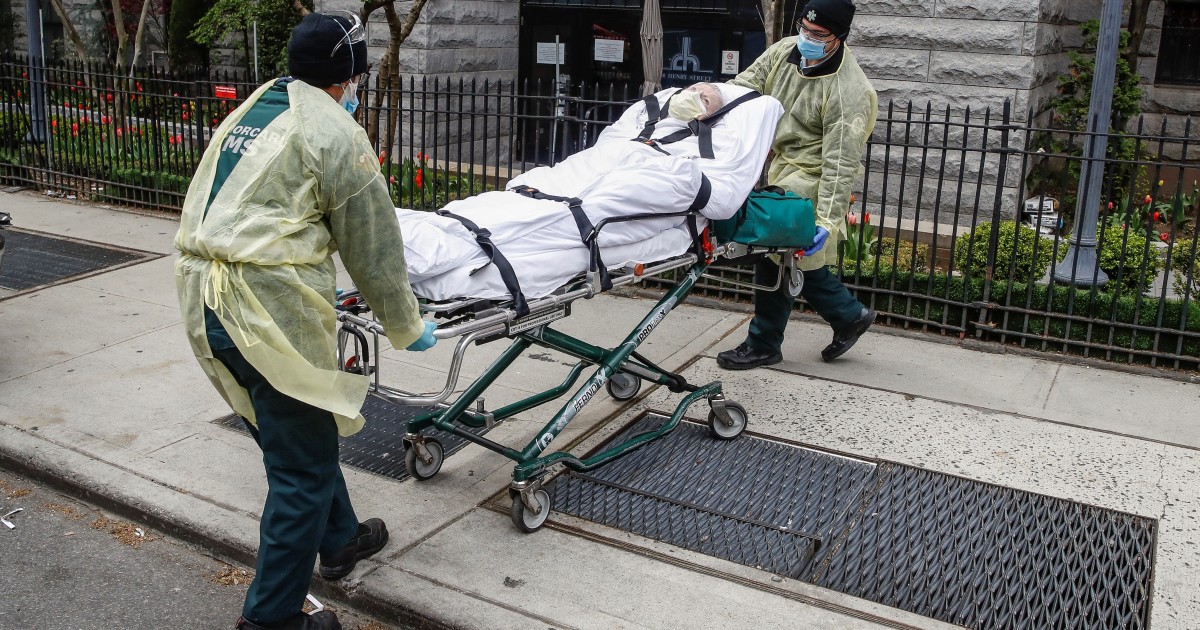
A former senior White House economist says coronavirus aid packages should make money available for home care, Medicare, and quarantine rooms in hotels to separate high-risk, elderly populations from younger members of the workforce.
Thomas Philipson, who stood down last month as acting chairman of President Trump’s Council of Economic Advisers, said the key to economic recovery is fitting fiscal policy to public health strategy.
“I think there’s a lot more work to be done thinking about having low-risk, productive individuals go about their business without having so much contact with high-risk, retired individuals,” he said. “That’s a path towards which you get high economic activity and low mortality.”
A fourth phase of coronavirus aid is currently being thrashed out in Congress. Although Republicans have coalesced around a $ 1 trillion proposal, including $ 105 billion for schools, billions more for testing, and a fresh wave of direct payments to individuals, they remain far from agreement with Democrats.
Philipson said the spending should be tied to the strategy of keeping generations apart.
“Part of the issue, in my view, is that we have paid far too little attention to how to fit the fiscal policy, that is to say what do we subsidize as a government, with the public health policy,” he said, saying that money should be devoted to separating the vulnerable from the less vulnerable.
“That could be done by expanding or stimulating home care or Medicare where professionals take care of old people in their homes, rather than young people taking care of old people in their homes,” he said.
“Or, like New York did, subsidizing hotel space for trace individuals, as opposed to having them go home to households which led to a lot of transmission.”
New York made 1,200 rooms available as part of its contract tracing effort for people who were unable to self-quarantine at home properly.
More than 4 million people have tested positive around the country, and the virus has killed more than 140,000, according to a database maintained by Johns Hopkins University.
However, public health officials believe young adults make up a growing proportion of new coronavirus cases, which has kept a surging number of cases from turning into an accelerating death rate.
Although the latest tallies record more than 1,000 deaths per day across the country, that is about half the number in April.
As a result, the White House is encouraging a two-strand approach.
“Our strategy is to shelter the highest-risk Americans, while allowing younger and healthier citizens to return to work or school while being careful and very vigilant,” said Trump at a briefing this week.
Philipson said the data suggested younger people were open to that idea, recognizing their reduced risk and going about more of their daily activities.
“That’s almost like a rational response by the young because they are essentially dealing with the flu, and they are out there and active and not mitigating as much, for the same reason they are not mitigating much for regular seasonal flu,” he said.
